6. I Will Walk Like a Crazy Horse (J’irai comme un cheval fou) – 1973
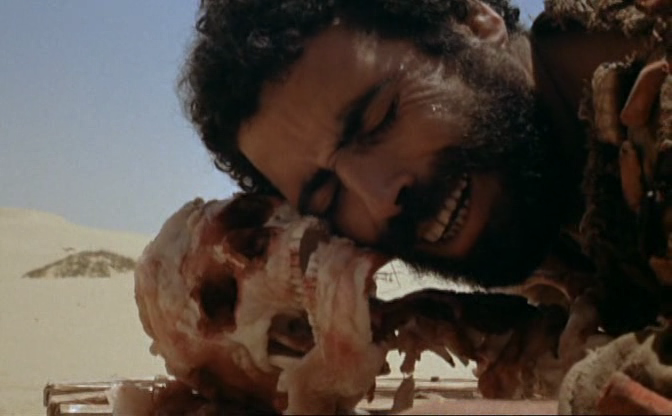
If you thought Alejandro Jodorowsky’s oddball works like “El Topo” and “The Holy Mountain” were bonkers, the films of Fernando Arrabal make them seem like typical clichéd mainstream work in comparison. Arrabal came from the same school of the Panic movement as Jodorowsky, starting with their unusual surrealism in plays before moving onto films.
Released the same year as “The Holy Mountain” (which Arrabal co-wrote), “I Will Walk…” lets loose with its surrealistic imagery like they’re pies being thrown in the audience’s face. The amount of bizarre images that range from unique, shocking, creative, scatological, and artistic fill up a lot of the film, but contribute to the film’s overall comedic critique of the modern world and the primitive world working together.
Aden (George Shannon) believes he will be accused of the death of his mother (Emmanuelle Riva), so in order to evade police questioning, he escapes to the desert where he meets Marvel (Hachemi Marzouk), who has lived there for most of his life. They become friends, and eventually Aden convinces Marvel that modern civilization is superior to living in the desert, so they both travel back to the city, all the while still being hunted down by the police.
Modern civilization interacting with a primitive one has been done a number of times in films and TV shows, even before 1973, but the zany way it’s portrayed in this film has never been replicated.
The completely unrestrained surrealism offers a high amount of memorable moments and images, but the messages contained within them are sometimes very clear and direct because of how expressive the surrealism is, proving that this method of storytelling can sometimes be even more direct than traditional narratives.
If you are a Jodorowsky fan, seeing this film (along with Arrabal’s few other equally crazy films) is essential if you’re craving more films that tear apart the boundaries of cinema.
7. The Beast (La Bete) – 1975
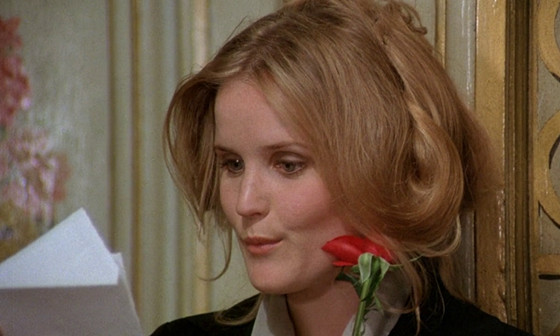
Outside of fetish porn, you’ll never see so much fake semen in a feature length film than in this one. Polish filmmaker Walerian Borowczyk certainly makes films that border on erotica, but he injects them with a wicked dash of surrealism that turns them into fever wet dreams.
The opening with a farm horse being coerced to copulate with a mate is an indication of things to come in this film, though for a good majority of the film’s running time, things are played out safely in this gorgeously shot period piece that takes its time in overwhelming the senses with its erotic display.
After the death of her wealthy father, Lucy Broadhurst (Lisbeth Hummel) is bequeathed with the family estate, but only if she marries within the next six months. Along with her aunt, they travel to the estate of Mathurin (Pierre Benedetti), a potential husband whose family believes their marriage will rejuvenate their own failing wealth and status.
The central dream sequence that takes place near the end, where Lucy is stalked and raped in the forest by some sort of horrific bear-like beast, was originally filmed and included in Borowczyk’s previous film, “Immoral Tales” (1974), but was removed after its first festival screening so that he could use it as a dream sequence in this film. Its inclusion in this film sticks out just a little bit, but certainly makes sense as the story around it supports it, especially the twist that is revealed about this beast.
This wildly provocative film unpredictably faced censorship issues for years and decades, particularly from Britain’s rather draconian reign throughout the 70s and 80s, until it was granted its uncut home video release in the country in 2001.
Although not too many people have seen it since its reissue, it’s a terrific watch for those interested in this specific brand of European erotica in 70’s films that were joyously explicit and proudly provided such a strong commentary on sexuality.
8. Belladonna of Sadness (Kanashimi no Belladonna) – 1973
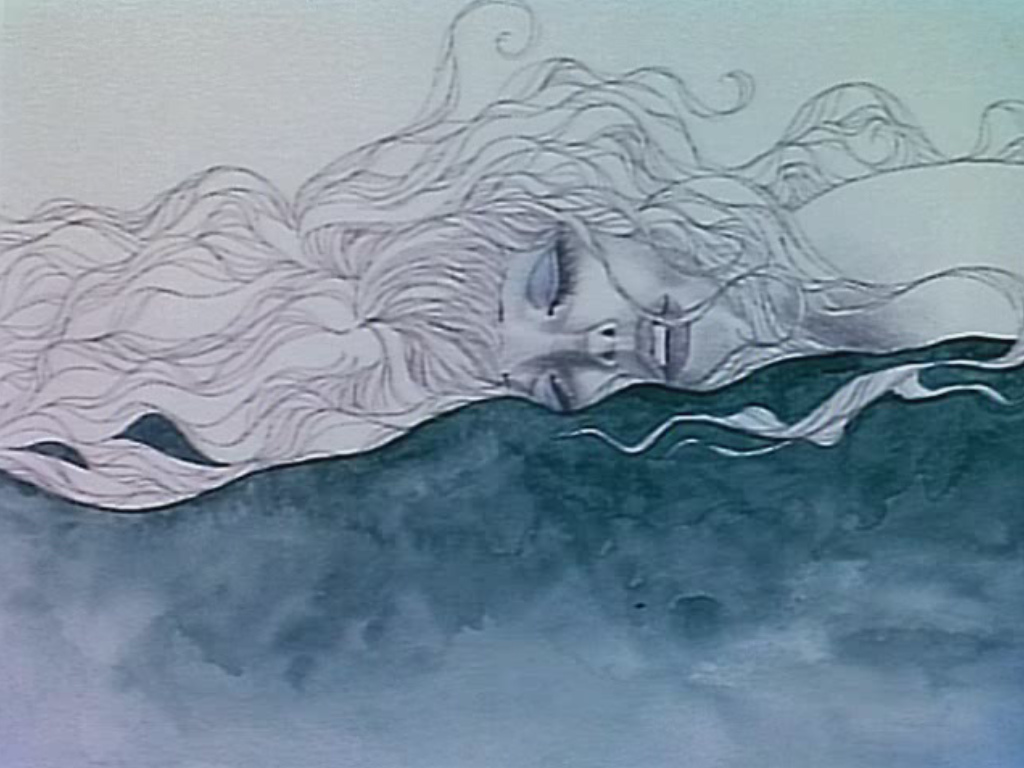
This early piece of anime is certainly a primitively animated film, even more so than other Japanese cartoons of the time, though “Belladonna of Sadness” makes the most of its minimalism. The single frame animations are gorgeous to behold, the simple white backgrounds making the watercolors pop out are simply stunning, but this sort of very easygoing animation happens to make the more exuberant and psychedelic moments of animation shock and overwhelm the senses.
The Belladonna of Sadness herself is Jeanne (Aiko Nagayama), who marries the romantic Jean (Katsuyuki Itô), but she is raped by the villagers on her wedding night as part of a ritual. Although Jean tries to support his damaged wife, he is appointed tax collector by the ruthless town baron who, in the midst of war and famine, uses his powers to strike down those who try to usurp him, even Jeanne.
Although this Japanese film is oddly set in France (supposedly leading to the French Revolution of 1830), this anachronism still works as this is a mysterious and mythical story that culminates in its proud themes of liberty, which could take place universally in any country.
“Belladonna of Sadness” ends with the image of ‘Liberty Leading the People’ and everything in the film perfectly leads up to this powerful statement of liberty and feminism, especially the beautifully and sensually created images of Jeanne that show just how much the creators of this unique anime love women and how much they wanted to express that through their art.
9. A Man Who Sleeps (Un homme qui dort) – 1974
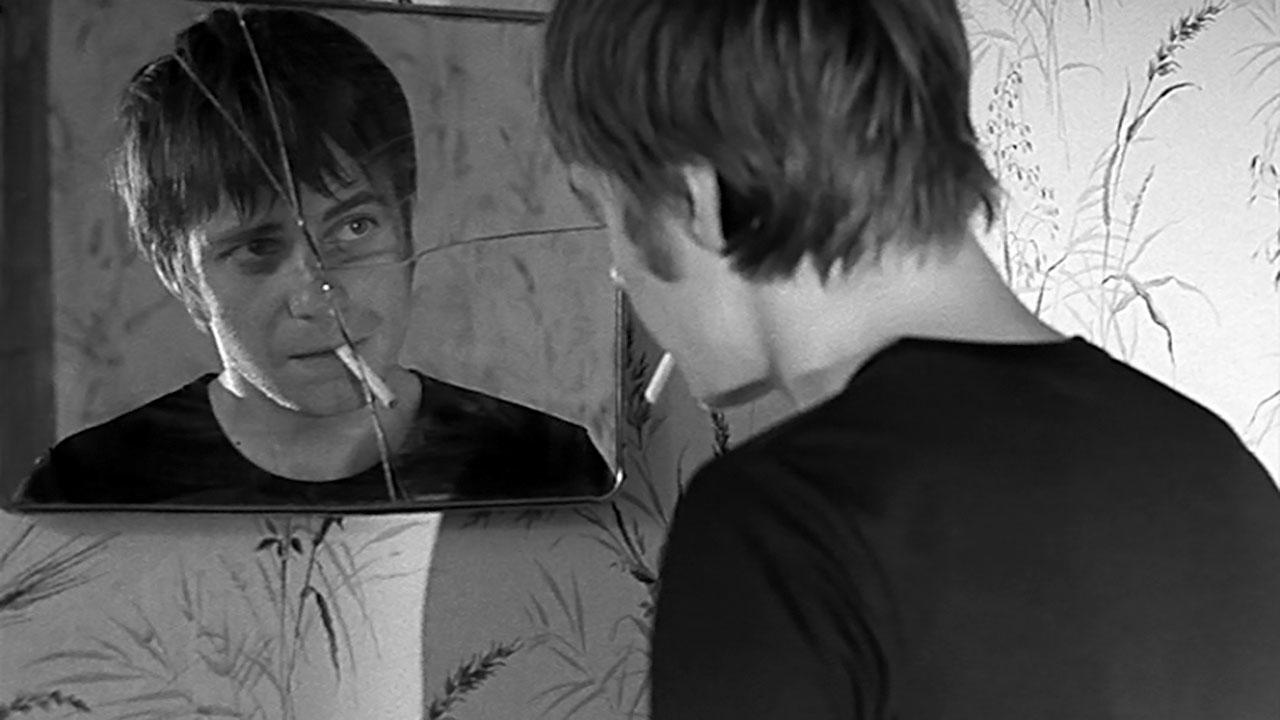
Bernard Queysanne and Georges Perec’s film adaptation of Perec’s philosophical book of the same name is one of the great unsung experimental French films, which centers itself around its singular unnamed and unspeaking central character (Jacques Spiesser) as he spends the film pondering on a newfound interest in practicing nihilism, with these existentialistic ideas narrated in the second person by a woman (Ludmila Mikaël).
This philosophical exercise eschews a traditional storyline by going by its own rules; the only bit of story is that our main character decides to not go to his university exam and then decides to do even less; the film abruptly cuts between him in his cramped apartment, wandering the streets of Paris, going to the cinema, and oblique shots that give an apocalyptic vibe.
The uniqueness of this filmmaking helps with the intensely nihilistic beliefs that are mused over by the narration, which is paired with the reiterative mise en scene, that, unlike many other similar philosophical films, manages to show a progression of thoughts, ideas, and emotions through its filmic treatise.
Our character first finds comfort in eradicating his humanity and reducing himself to something like an insect; then there is a rage over the ridiculousness of these narrowing thoughts; then there is an intense malaise as our character realizes that this existential journey has really left him none the wiser.
The terrible beauty of “A Man Who Sleeps” is that it does arrive at a properly nihilistic conclusion that these sorts of musings really do nothing for any person, although it’s not a uselessly ponderous piece of philosophy. This, of course, does not mean this film means nothing; on the contrary, there is plenty to be gained from this life-changing French film that deserves more recognition than its contemporaries.
10. The Grand Bouffe (La Grande Bouffe) – 1973
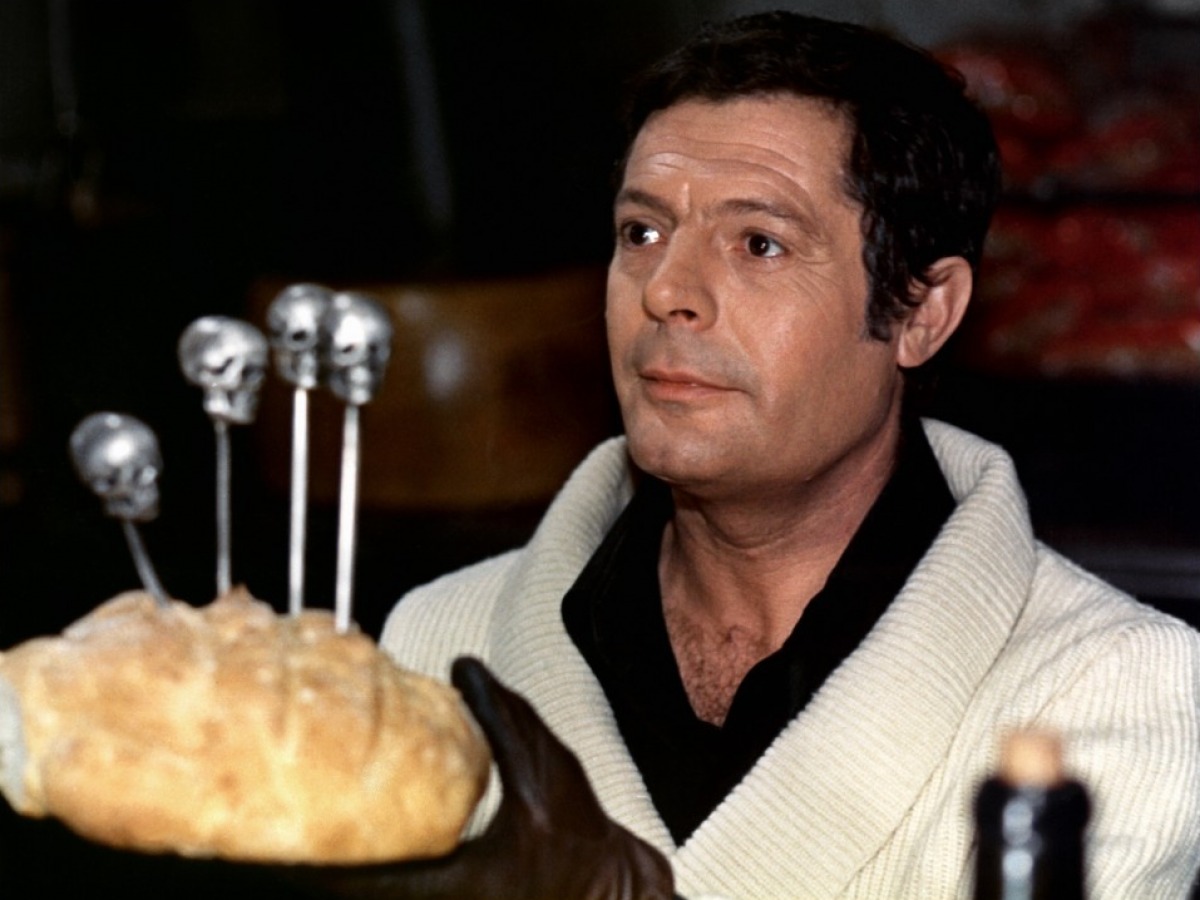
Imagine an Italian art house slasher film where the killer has suicidal overabundance, and you’ve got a fairly rough estimation of what this fluids-friendly film is all about. A bunch of bourgeois men hire out a villa for a holiday, bring over some prostitutes, and go from there to party, eat, fuck, and overindulge themselves to death.
The film starts off nice enough, showing our main characters getting prepared in their holiday home, especially getting the mass amount of food ready for their indefinitely long holiday. As the days go by, we see their antics, mostly related to food and sex, grow even more excessive and grotesque.
The film gradually builds up to this, but goes harder and harder with its indictment of upper-class consumerism gone suicidally mad, filled with even more toilet humor than “Dumb and Dumber” – speaking of toilets, the bathroom scene involving one of them is a truly disgusting surprise that could have viewers losing their lunches all over themselves.
Along with Dusan Makavejev’s “Sweet Movie”, it truly is one of the most disgusting art house films made during this time of European cinema, but on top of this gross-out display adding a strong bite to its satire, the toilet humor is actually very funny and humorously handled.
If you think you can stomach “The Grand Bouffe”, it’s a superb treat that has its inspirations (particularly Luis Buñuel’s late career), but as a whole, certainly feels like an original piece of work that is worth watching, though just don’t be eating alongside the characters.
Author Bio: David Morgan-Brown is an Australian lover of movies, films, flicks, and kino pictures. He does written reviews for Colosoul, video reviews for Flim Reviews, and does comedic skits with his mates for Carpool — go laugh with (or at) him.